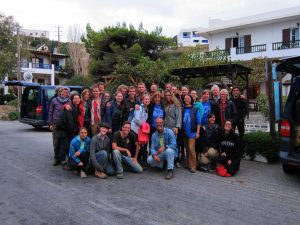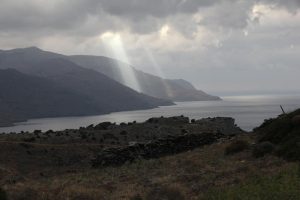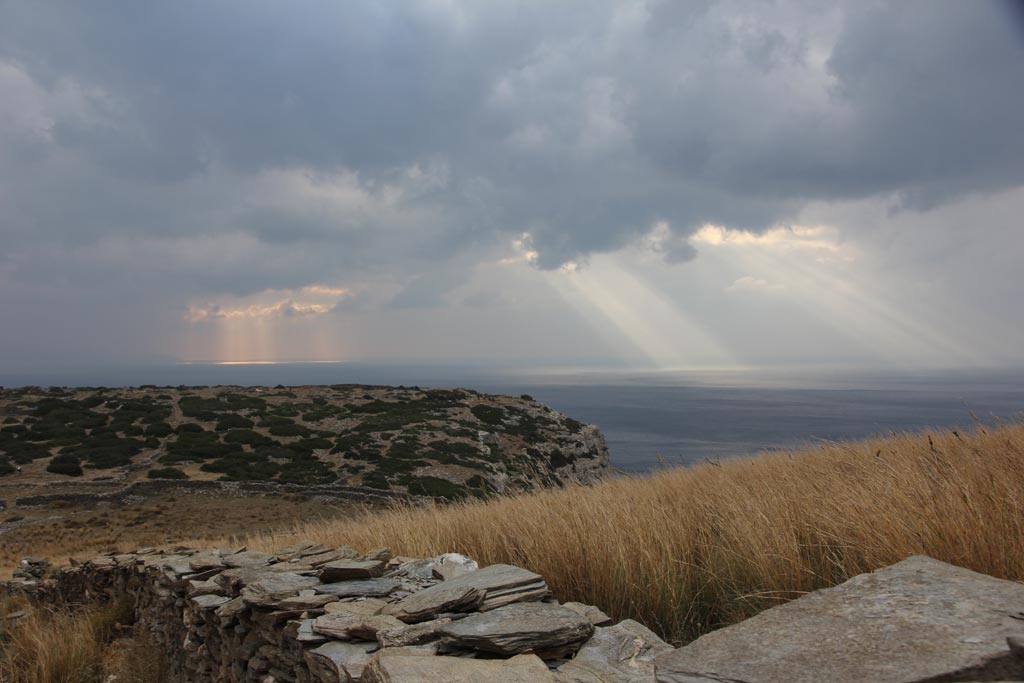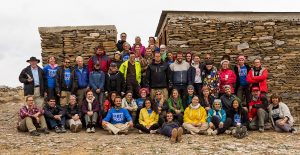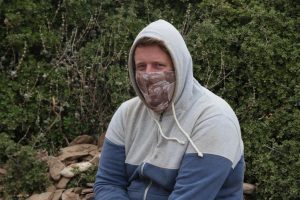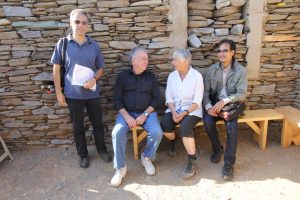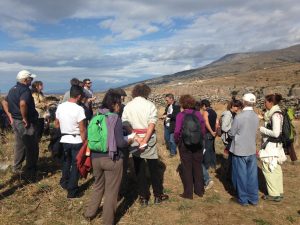
Web content producer
Here are some photos of the team who worked under Adam Carr’s supervision for the second three weeks of the 2014 excavations. The post about Adam’s first 2014 trench team is here.
The 2013 site plan, showing the trenches that were excavated last year is at the bottom of this post. The trench supervised by Adam is in the vicinity of trench numbers 3 and 8 as marked on the 2013 plan below. More information about this area of Zagora is in last year’s post about Excavation Area 3.
